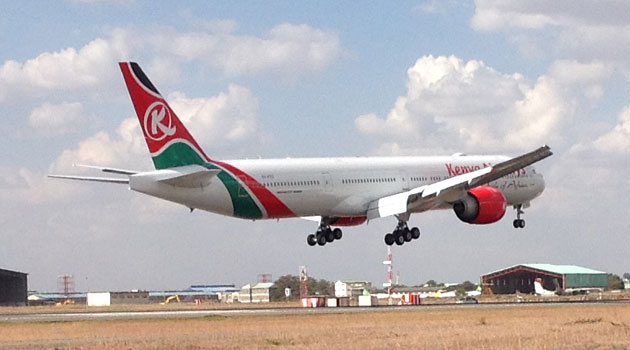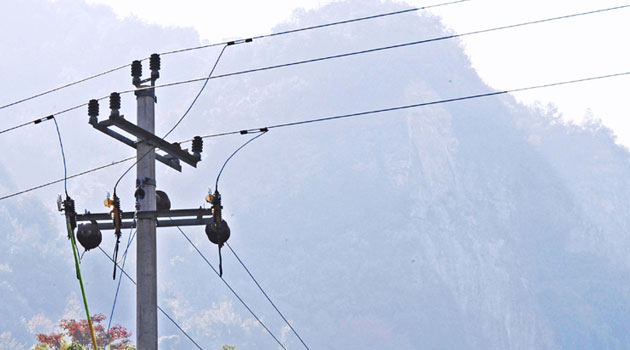NAIROBI, Kenya, Nov 2 – Kenya was forced to import 30 Megawatt (MW) of power on Sunday night after a fault on transmission lines caused a nationwide power outage for at least five hours.
Kenya Power and Lighting Company (KPLC) Managing Director Eng Joseph Njoroge said the blackout was caused by a temporary fault on a transmission line between Kamburu and Dandora substations which at the time was supplying 36 percent of the country’s demand.
“We have an interconnection (agreement) with Uganda which comes in very handy like yesterday’s (Sunday’s) incident. We are in communication with the operators of the Uganda Transmission Network and we will collaborate and request them to export power to us,” he added, explaining that power from the neighbouring country was needed to jumpstart the generators.
Eng Njoroge said that although power generation is currently dependent on sensitive generators; they were closely monitoring the equipment to avert a recurrence.
“We are patrolling all our lines so that if there’s any signal that the line may have a problem, then we would be able to rectify the problem,” he added.
The blackout occurred at 6.34pm on Sunday due to a temporary fault on one of KPLC’s transmission line between Kamburu and Dandora substations which at the time was supplying 36 percent of the country’s demand.
“That fault caused equipment that protects the line from damage from such faults to switch off the line automatically,” he explained adding that the transmission and distribution systems were connected.
He added that the amount of rainfall received at Masinga Dam during the ongoing rains will determine when utility firm will withdraw emergency power generation.
“We still have 18 meters to go (at the Dam). As at Friday last week, we had only done 8.5 meters, so we still have significant empty place to fill up. Once we have more hydro component in our system, then it will be more stable,” he said.
The dam which produces about14MW was shut down in June when it was at 1,035.5 metres above sea level- which is one and half metres below the recommended minimum operating level.
Although expensive, Mr Njoroge said the country would continue to rely on emergency generations to avoid the implementation of another power rationing program.
“Rather than subjecting Kenyans to rationing, we would rather be dealing with emergency generators and ensure that we are able to supply power,” he said.
A load shedding program imposed in August came to an end in October as additional power was installed in several sites across the country.
Mr Njoroge said in case insufficient rains are not received, the government had plans to purchase more generators that are more durable.
“One of the projects which is in place for that is a 120MW plant in Mombasa by KenGen and three generators around Kitengela Area (Athi River),” he said of the projects that he envisaged would be in place in the next two years.






















